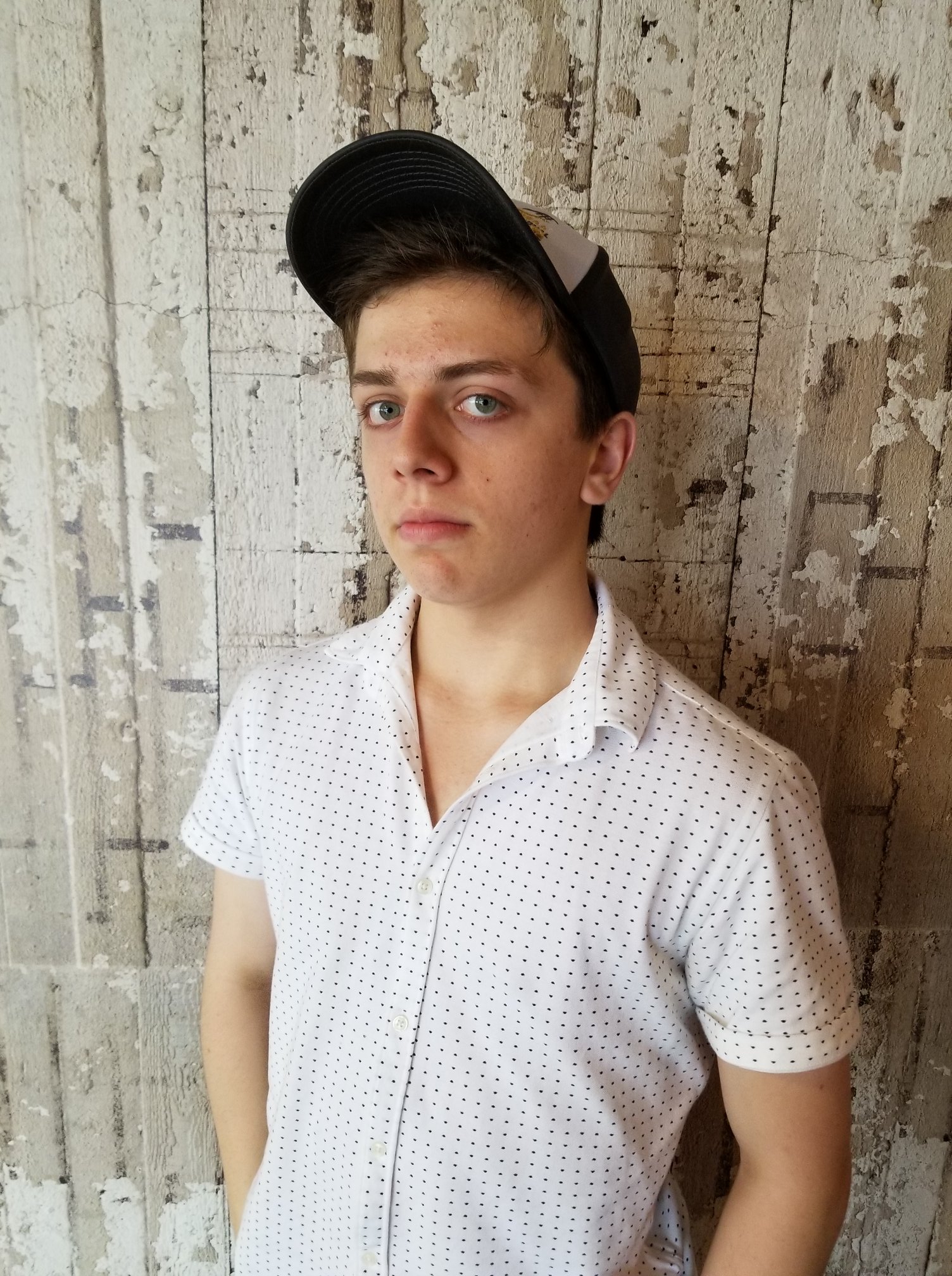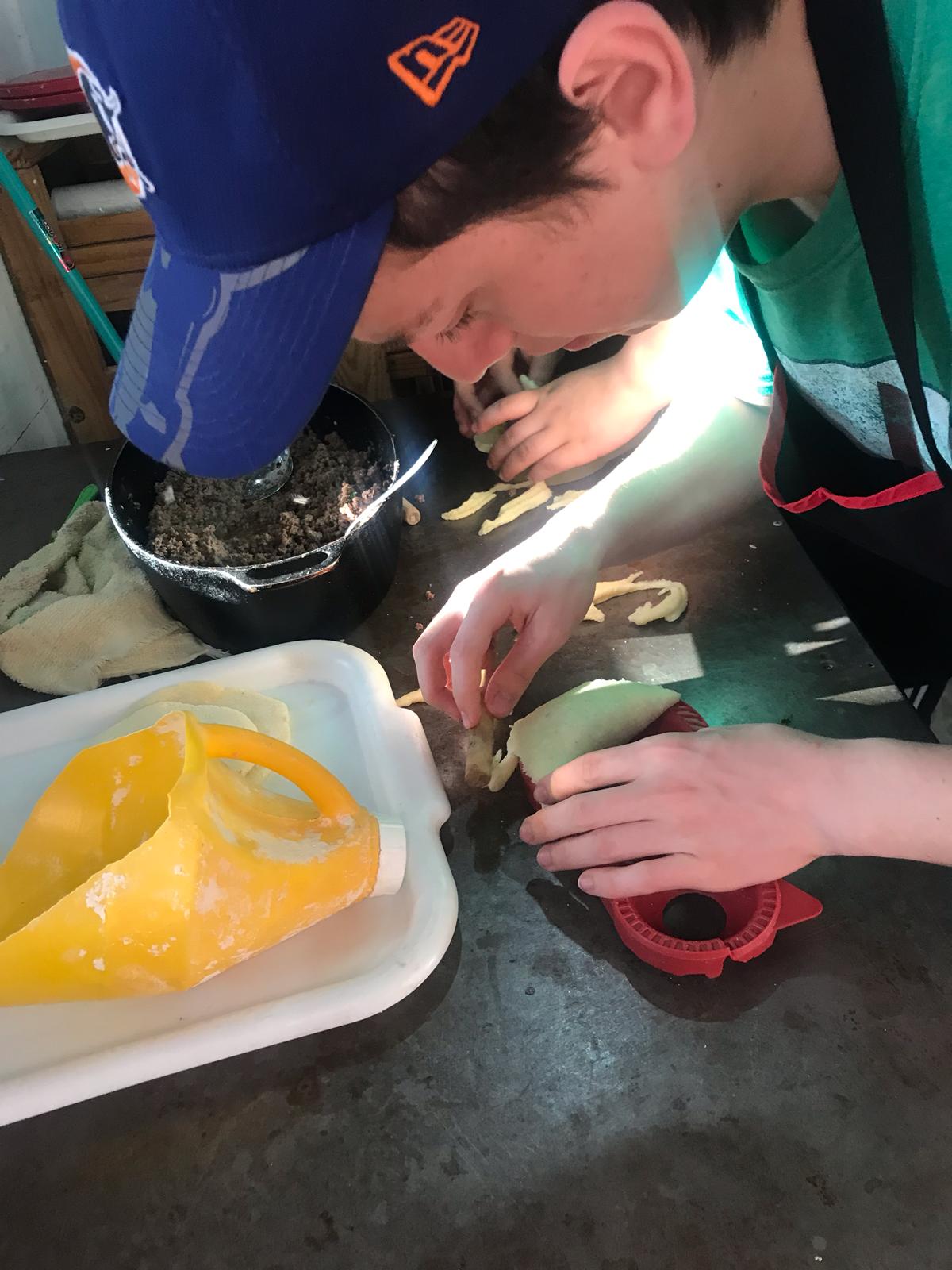
Today was an early start following a late night, which usually doesn’t sit well with most of the students (myself included). This morning I bore witness to the typical amount of zombie staggers en route to breakfast. After lazily climbing aboard the bus and taking a quick power nap, we arrived in Aregua.
My expectations for this small town (located just outside the capital) were based on what my trip leaders had told me; Aregua is known for its artisans and pottery pieces. What I came to find was a ludicrous amount of pottery, ranging from small, homemade flower pots to life-sized ceramic video game characters – all for sale on the side of the street. The wind from the cars brushing past would eerily ring the metallic chimes. As we ventured deeper into the market, we discovered vast gardens and expansive back yards filled to the brim with vibrant pottery. The stalls on the side of the street had only scratched the surface to the large pottery network we uncovered during our visit.
One store we visited was unlike any other. Once we set foot inside, we were immediately greeted by Juan Carlos, an ederly man who runs a pottery shop with his wife. He invited everyone in and personally showed us his clay-spinning wheel and how he makes every piece in his shop. But first he thoroughly recounted the entire history of Aregua from anthropological, religious, and geological perspectives accordingly. I was definitely surprised by the kindness that Juan Carlos showed us and how he was willing to take the time to take pictures and give a small lecture, without any prompting at all. But then I realized that this kindness to strangers is more of a norm here in Paraguay, and one I rarely run into in the US.

Likewise, this kindness can also be demonstrated through our encounters with Señora Ignacia aka “The Señora.” She has made many delectable lunches for us in her pasta shop within the Bañados neighborhood of Asuncion. We engaged in a workshop with her later in the day and learned to make many traditional Paraguayan dishes, such as Mbeyu, a cheesy bread made from corn powder, and Empanadas. The Señora went through the step-by-step process of empanada making with me and I was overjoyed with her thoughtfulness in taking the time to teach me a very important aspect of her culture. The sense of happiness could also have been from eating the empanadas afterwards, but who’s to say.

This sort of workshop is exactly what I wanted from this trip: a firsthand cultural, immersive experience. We not only learned how to make the food, but we also went beyond the Empanadas and Mbeyus to learn about every step of the food-making process and their cultural significance.
Robbie B., Oakton High School
